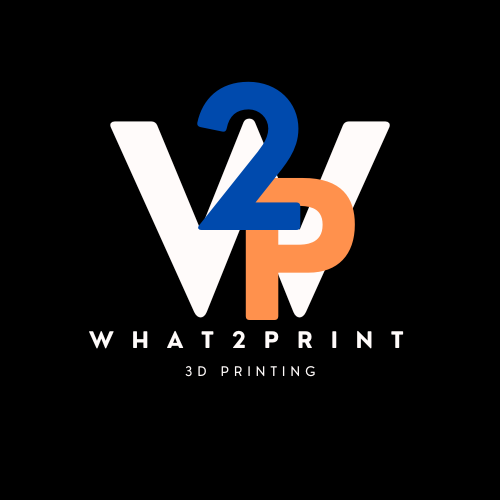Slicer Settings Explained
A comprehensive guide to understanding slicer settings for PrusaSlicer and Bambu Studio
Introduction: What is a Slicer?
Before your 3D printer can start printing, it needs instructions—a G-code file. That's where slicers come in. A slicer takes your 3D model (usually an .STL or .3MF file), slices it into horizontal layers, and creates a set of commands that tells your printer exactly what to do.
In this tutorial, we'll demystify the essential slicer settings that impact your print quality. We'll focus on two of the most widely used slicers in 2025: PrusaSlicer (for Prusa and many open printers) and Bambu Studio (for Bambu Lab printers).
Layer Height: Detail vs. Speed
The thickness of each printed layer, usually measured in millimeters (e.g., 0.2mm).
Lower = More Detail (0.1mm → smoother surfaces, great for miniatures)
Higher = Faster Prints (0.3mm → rougher surface, great for large parts)
Quick Tips
- Use 0.1mm for detailed models and miniatures
- Use 0.2mm for most general printing
- Use 0.3mm for quick prototypes and large parts
Infill Density & Pattern: Strength vs. Speed
The internal structure of your part.
Density (%): How solid your print is. 15-20% is typical.
Patterns: Gyroid, grid, cubic, etc.
Quick Tips
- 10–20% for decorative or light-use parts
- 50–100% for strong, functional prints
- Gyroid pattern is strong and fast to print
Print Speed: Fast vs. Reliable
How fast the printer head moves.
Slower = better quality (40–60mm/s)
Faster = more visible artifacts (but fine for draft-quality)
Quick Tips
- Start with slower speeds for better quality
- Increase speed gradually as you gain experience
- Use faster speeds for prototypes and large parts
Perimeters, Shells & Walls: Outer Strength
How many outlines (or 'walls') your printer creates around each layer.
2 perimeters: Good for basic models
3+ perimeters: Better strength and surface finish
Quick Tips
- Use 2 walls for decorative parts
- Use 3+ walls for functional parts
- Increase walls for better strength
Supports: Helping Overhangs
Temporary structures to hold up overhangs or bridges.
Automatic vs. Manual: Auto is fine for beginners
Everywhere vs. Touching Build Plate: Choose based on complexity
Quick Tips
- Use automatic supports for most prints
- Use a brim or raft with supports for better adhesion
- Test settings on small prints first
Final Tips
- Start with stock profiles before tweaking
- Always use Preview Mode to check for errors before exporting G-code
- Save settings as Custom Profiles to stay organized
- Watch the first layer! A perfect first layer solves 80% of print issues
Ready to Start Printing?
Check out our printer recommendations to find the perfect machine for your needs
